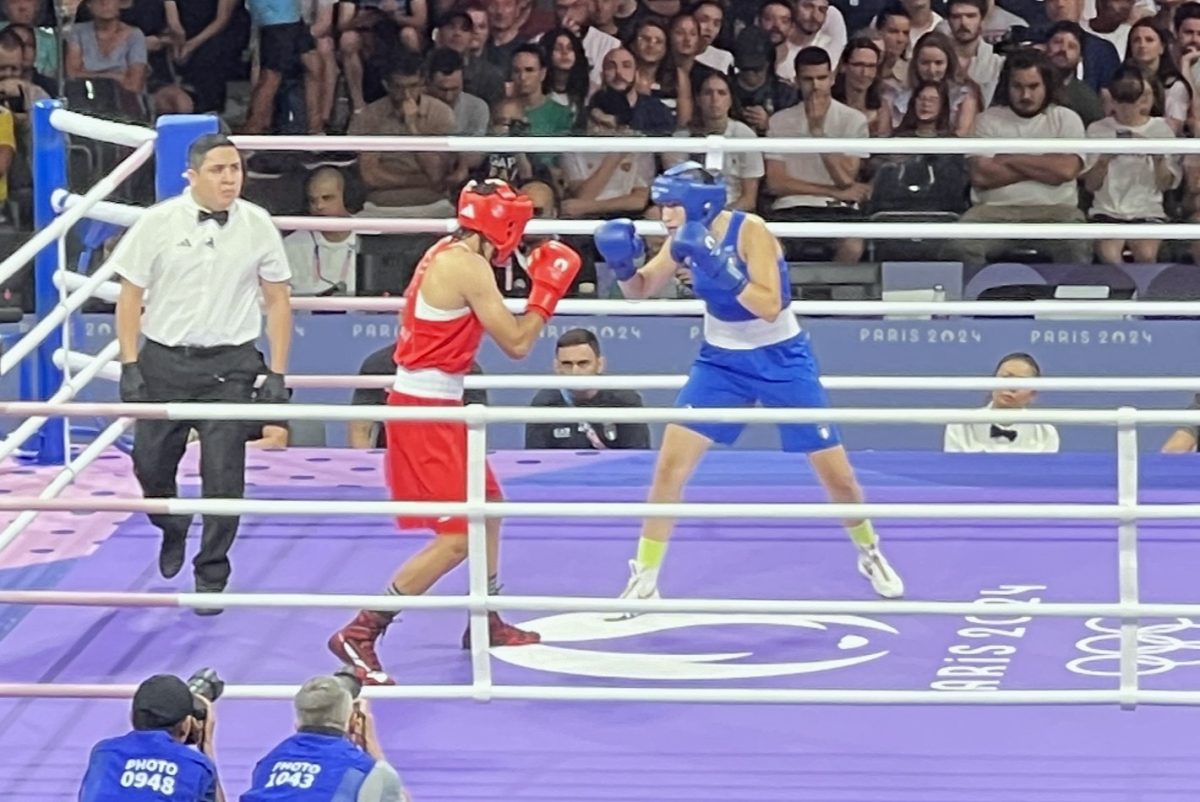Equal pay for equal work is simple. The idea is that if two people do the exact same job, they should be paid equally, regardless of things like race, gender, or sexuality. Recently, the US Women’s National Hockey Team made headlines because they are refusing to play in the upcoming International Ice Hockey Federation (IIHF) World Championship which will be hosted by Plymouth, Michigan.
The governing body of American ice hockey, USA Hockey contends that they have offered more pay to the women, yet they still refuse to play. The players say they will not represent Team USA until the two parties can agree upon a resolution where the players will be paid $68,000 per year including benefits, where USA Hockey will increase the development of women’s hockey, and where USA Hockey will increase marketing for the women’s game.
One major point to note is that currently, according to USA Today, there is no difference in pay between the men and women’s team. The only difference at the international level occurs in benefits. The women’s team is demanding more money because their private league cannot provide enough, but USA Hockey might be able to. Unfortunately for the women on Team USA, revenue sharing and the market for hockey suggest that they should not receive the same treatment as the men do.
Professional sports leagues determine player salaries using a system known as revenue sharing. The idea behind revenue sharing is that the amount of money that is made by the league determines a salary cap. The salary cap is the maximum amount of money that a club can spend on its players. The salary cap does an excellent job of fairly dictating how much teams should spend on an individual player.
For example, an extremely popular league, such as the NFL, allows its clubs to spend $167 million, whereas an unsuccessful league, such as the NWHL, lets its teams spend up to $135 thousand. Even though they play the same game, women’s sports are simply not the same as men’s sports.
This past season, New York Riveters star forward Amanda Kessel signed a record 1-year, $26,000 contract which, along with all contracts, was slashed in half by the league to make up for lackluster attendance. The league even offers the players 100% of all ticket revenue after the first 500 fans, which shows just how few people go to the NWHL games. On the other hand, an average NHL team in an average market can expect no less than 15,000 fans per game. Also in comparison, the Minnesota State High School Hockey Championship game was attended by 21,485 people.
Since the NHL can draw much better attendance, better TV deals, and better memorabilia sales, NHL stars can, in turn, command much higher contracts. For example, the dynastic Chicago Blackhawks were forced to give $10.5 million per year, over 8 years in order to prevent star forwards Jonathan Toews and Patrick Kane from going to free agency. The reasons as to why the men’s game is more popular are not known for sure. Perhaps it is because they allow checking, or maybe it is because the men’s game is simply faster, but for whatever reason, people have much less desire to watch women’s hockey compared to men’s, and due to this, the men deserve to be paid more.
The pinnacle of international ice hockey is the Olympics. While the world championships occur each year and are watched, they occur during the NHL playoffs which results in the men’s team sending mostly prospect players. Because of this, the Olympic Tournament is the only tournament where countries compete in a “best on best” style tournament of hockey for both men and women.
The path to being an Olympian is extremely difficult. Both men and women sacrifice so much in order to become an Olympian and even then, sometimes their best effort is not enough to land a spot on the Olympic team. As far as USA Hockey is concerned, the Olympics dominates the world championships in terms of TV viewership, and even then the difference between the women and men is astronomical. Both the men’s and women’s teams lost to Canada in the semifinal and gold medal games respectively in Sochi, and the men commanded an average viewership of 27.6 million, whereas the women only mustered 1.2 million views. While there is no denying the amount of effort that the women’s team puts into the game, it couldn’t be more clear that they are less popular than the men’s team.
The women on Team USA know that their private league is not able to pay them sufficiently. They know that they do not draw the same crowds as men’s hockey does. They also know that the only way for them to make more money would be to demand it from USA Hockey because they cannot get it from their club teams. Their claim for more pay would be different if they were the same as the men’s team, but for some reason they are not, and therefore should be paid at a market-determined rate.
































